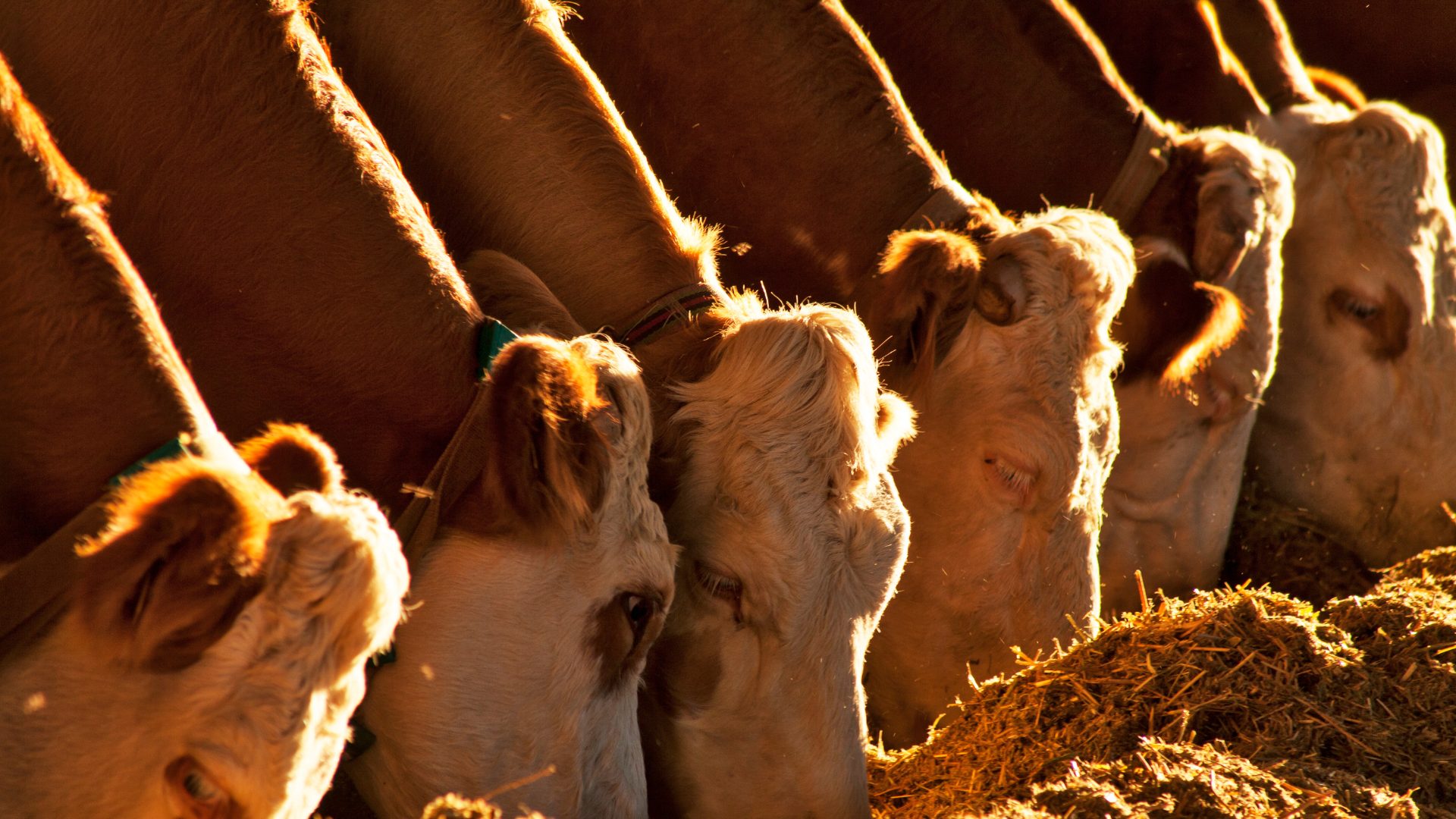The cycle has turned against meat producers with a perhaps unprecedented vengeance. In response, investors and industry participants face two key questions. First, when does the cycle turn? More importantly, what can meat producers do in the meantime to keep their businesses afloat?
In terms of the first question, the answer right now seems to be that no one knows, particularly in beef. We talked a couple of weeks ago about execution failures in the first quarter for JBS and Tyson, in particular. But it was also clear in the companies’ respective earnings calls, as well as in conversations held around the industry, that no one is really sure when supply conditions will improve, where pricing will go, and if and when demand will come back.
Part of the reason for the uncertainty is that this time, it’s not clear the problem is actually cyclical. It’s tempting to simply hold that viewpoint and believe that at some point in the future the environment will improve. Historically, it always has.
Now, however, there’s at least an argument that what looks like a cyclical downturn simply is a new normal. In 2022, both the equity markets and financial regulators such as the Federal Reserve were roiled by the debate over whether broad-based inflation was “transitory” — driven by factors like supply chain disruptions and fiscal stimulus — or more permanent and structural in nature. In 2023, that debate seems to apply to the meat industry.
The Zero Inflation Equation
In the U.S., overall inflation still isn’t going anywhere. On an annual basis, the figure hit 4.7% in April. And while the Fed continues to work to tame that inflation through higher interest rates, it may well be that the pre-pandemic days of close to zero inflation are over.
In terms of input costs, they, too, may not be going anywhere. More frequent incidences of drought are driving prices higher, pressuring profits for ranchers and hog and poultry farmers. But those droughts also make it more expensive to keep animals longer — in beef, that pressures future supply.
Add in labor disruptions and other factors and there isn’t necessarily a clear path toward the typical cyclical response to current pressures. Higher prices usually lead to more supply, which eventually brings prices down and demand back — but that supply isn’t arriving. The Department of Agriculture projects that in 2023 production will decline in beef, stay flat in pork, and grow just 3% in chicken.
And if, owing to longer-term, structural concerns, production doesn’t come back, meat prices stay elevated. In response, consumers almost certainly will continue to do what they’re doing now: trade down to cheaper proteins such as chicken or choose more often to avoid the category altogether.
Prepping for Prepared Foods
In short, the key risk for meat producers like Tyson and JBS is that their industry simply isn’t that attractive in the environment going forward. One possible response to that risk is to find another industry — and, to some extent, that’s what the leading producers in the space are doing.
It’s not a coincidence that the major players are choosing this moment to focus more intently on prepared foods. Tyson just acquired Williams Sausage and is spending $180 million on a plant expansion in Illinois. That strategy is no surprise: Tyson’s outlook for fiscal 2023 suggests its Prepared Foods segment might be the only one of four to turn an operating profit.
For JBS, too, the prepared foods business has been the one bright spot in recent quarters. The Brazilian giant is making its own investments in the space, building its largest plant ever to manufacture breaded chicken products. Chicken processor Pilgrim’s Pride — which is majority owned by JBS — has built its U.S. prepared food operations into a billion-dollar business, and its efforts in the United Kingdom and Europe focus on the category. Prepared foods account for more than 60% of sales in the region.
The strategy makes some sense. But it’s worth noting that success isn’t guaranteed. Perhaps the leader in the meat industry for prepared foods is Hormel – Hormel stock now is at a four-year low, and the company’s earnings are almost certain to decline this year. The problems and questions dogging the meat industry don’t have a simple answer.
Vince Martin is an analyst and author whose work has appeared on multiple financial industry websites. He’s the lead writer at (www.overlookedalpha.com) Overlooked Alpha, which offers market-wide and single-stock analysis every week.
The Food Institute Podcast
While ubiquitous in Europe, the Nespresso brand has worked hard to make inroads in the U.S. market. How does the direct-to-consumer coffee company view the modern consumer, and how does it plan to continue its growth in the years to come? Nespresso vice president of marketing Jessica Padula joined The Food Institute Podcast to discuss the company’s history, its unique place in the coffee vertical, how it views loyalty, and how omnichannel offerings are key to its success.












